Physicists from the University of Pennsylvania, working with colleagues at Arizona State University, are examining the limitations of a framework that aims to unify the laws of physics throughout the universe. There are two great pillars of thought that don’t quite fit together in physics. The St
Get the latest international news and world events from around the world.



Hackers Leverage Microsoft Teams to Spread Matanbuchus 3.0 Malware to Targeted Firms
It’s worth noting that similar social engineering tactics have been employed by threat actors associated with the Black Basta ransomware operation.
“Victims are carefully targeted and persuaded to execute a script that triggers the download of an archive,” Morphisec CTO Michael Gorelik said. “This archive contains a renamed Notepad++ updater (GUP), a slightly modified configuration XML file, and a malicious side-loaded DLL representing the Matanbuchus loader.”
Matanbuchus 3.0 has been advertised publicly for a monthly price of $10,000 for the HTTPS version and $15,000 for the DNS version.

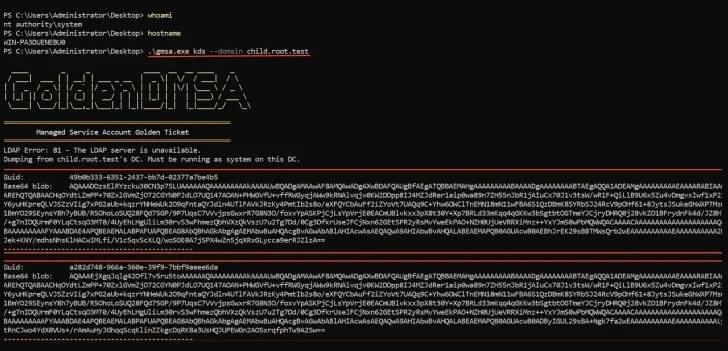
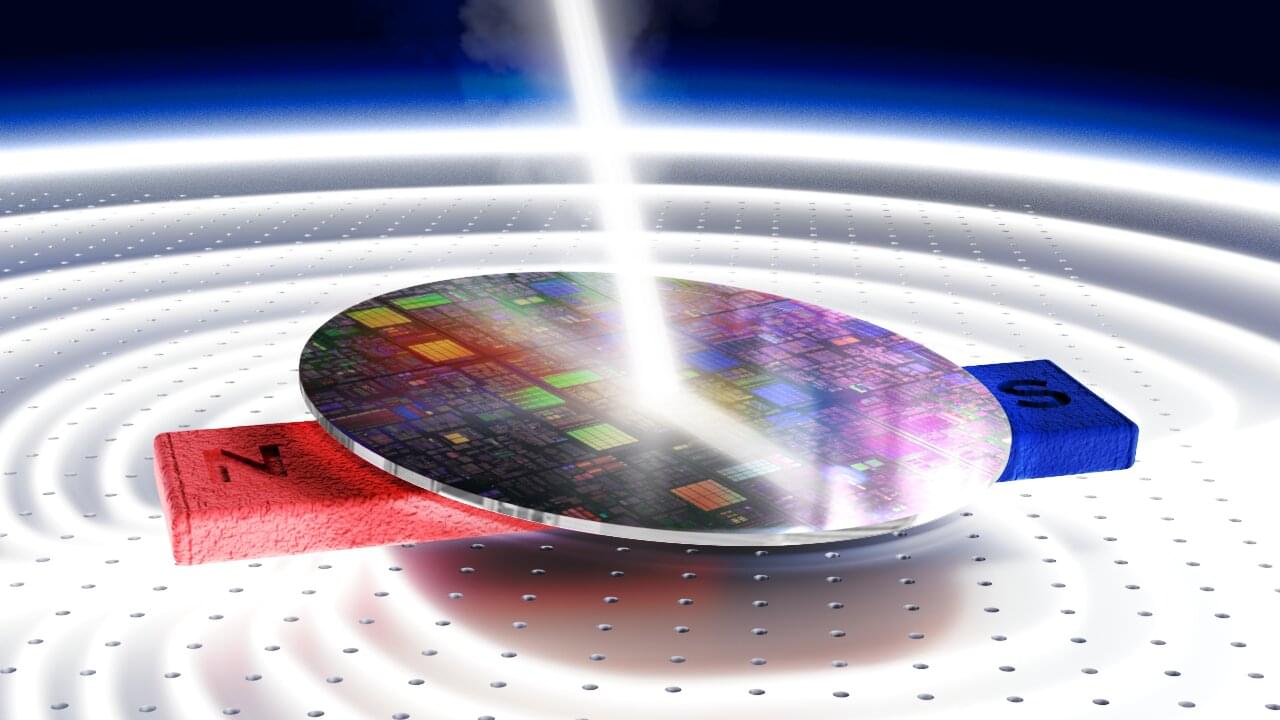
Shedding new light on invisible forces: Hidden magnetic clues in everyday metals unlocked
A team of scientists has developed a powerful new way to detect subtle magnetic signals in common metals like copper, gold, and aluminum—using nothing more than light and a clever technique. Their research, recently published in Nature Communications, could pave the way for advances in everything from smartphones to quantum computing.
For over a century, scientists have known that electric currents bend in a magnetic field—a phenomenon known as the Hall effect. In magnetic materials like iron, this effect is strong and well understood. But in ordinary, non-magnetic metals like copper or gold, the effect is much weaker.
In theory, a related phenomenon—the optical Hall effect—should help scientists visualize how electrons behave when light and magnetic fields interact. But at visible wavelengths, this effect has remained far too subtle to detect. The scientific world knew it was there, but lacked the tools to measure it.
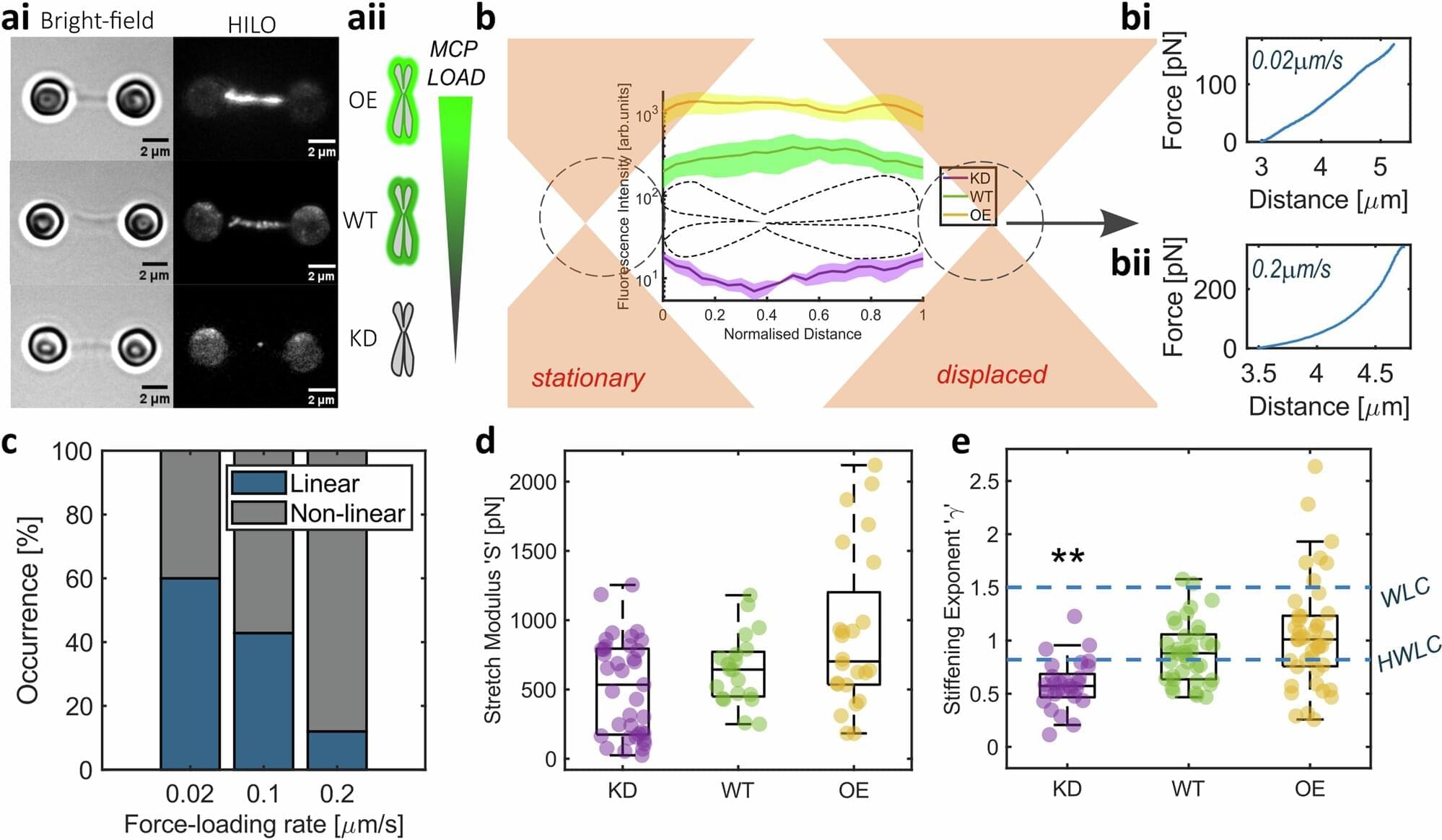
Research finds chromosomes are covered in liquid-like coating to prevent stickiness and DNA damage
New research into mitotic chromosomes has found that they are covered in a liquid-like coating that could allow them to bounce off one another, like bumper cars, protecting them from being damaged during cell division.
The research from Dr. Daniel Booth and Professor Amanda Wright at the University of Nottingham, in partnership with the universities of Glasgow and Kent, looked into the coatings of mitotic chromosomes, the highly condensed and organized structures that DNA morphs into during cell division. Their findings are published in the journal Nature Communications.
The mitotic chromosome periphery (MCP) is a poorly understood “coat” that covers all chromosomes. Previous work from Dr. Booth revealed that Ki-67, an important cancer biomarker, organizes the entire coat and when the coat is removed chromosomes become sticky and clump together, meaning that cells are sometimes too sick to divide properly. This raised the possibility that the MCP might have undiscovered specialist biophysical properties.
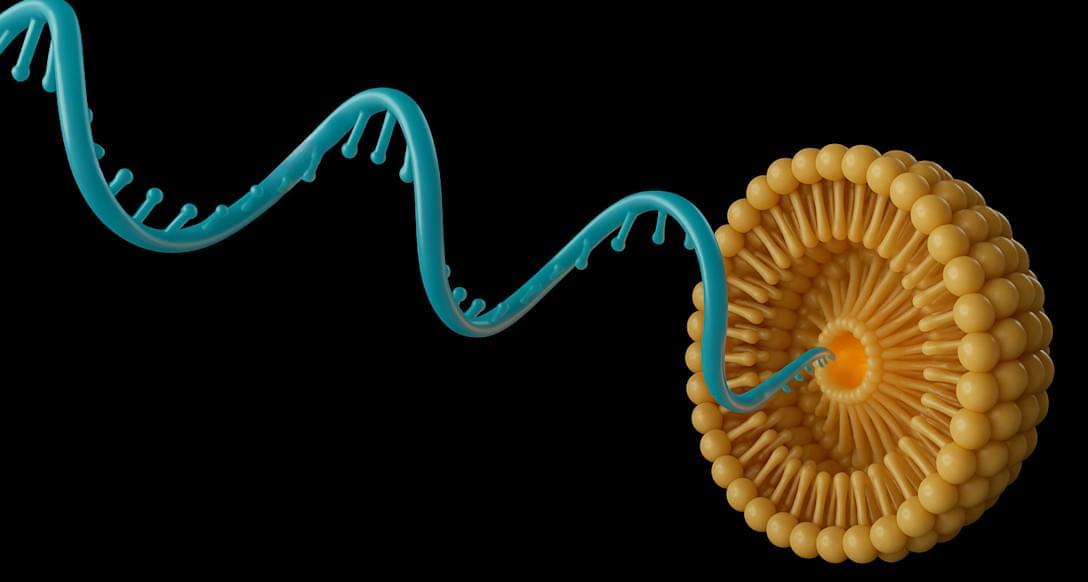
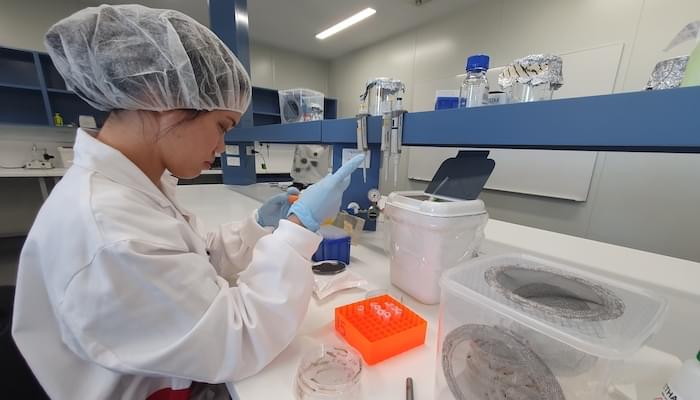
Cannabis extract shows promise as treatment for fungal infections
Two cannabis-derived compounds have shown remarkable effectiveness against fungal pathogens in laboratory tests, according to new Macquarie University research.
Promise: Dr Hue Dinh, pictured, and colleagues at the Macquarie University Galleria laboratory are hopeful their discovery will lead to new treatments for common skin infections.
In a study published in The Journal of Neglected Tropical Diseases (PLOS NTDs), researchers discovered that bioactives Cannabidiol (CBD) and Cannabidivarin (CBDV) killed harmful Cryptococcus neoformans - a WHO-listed priority fungal pathogen. The compounds also killed dermatophytes that cause common skin infections, and much faster than existing treatments.